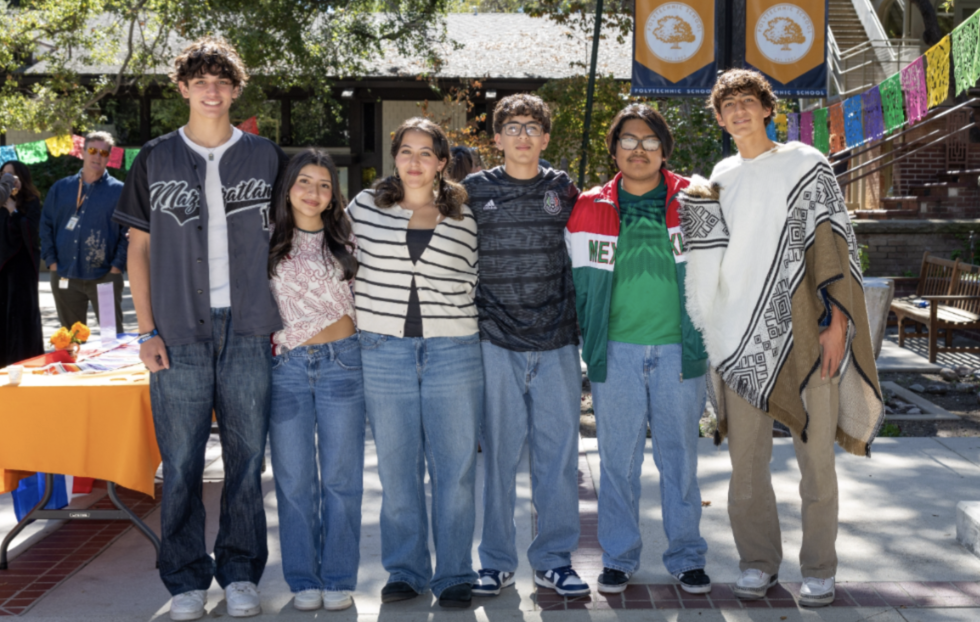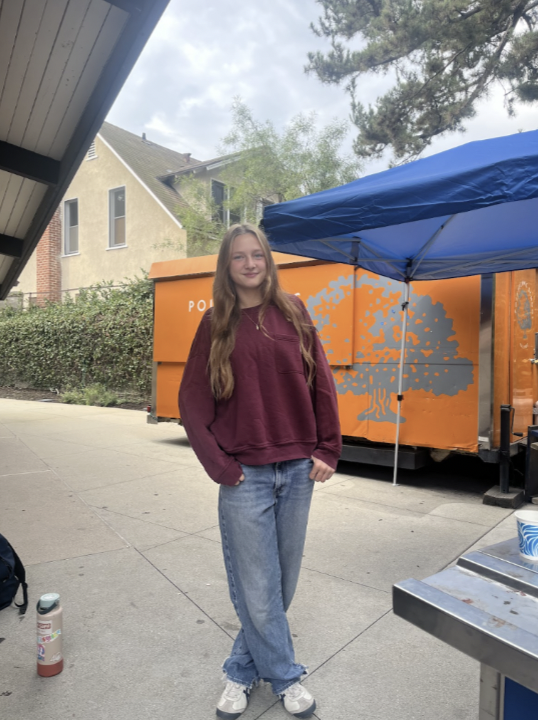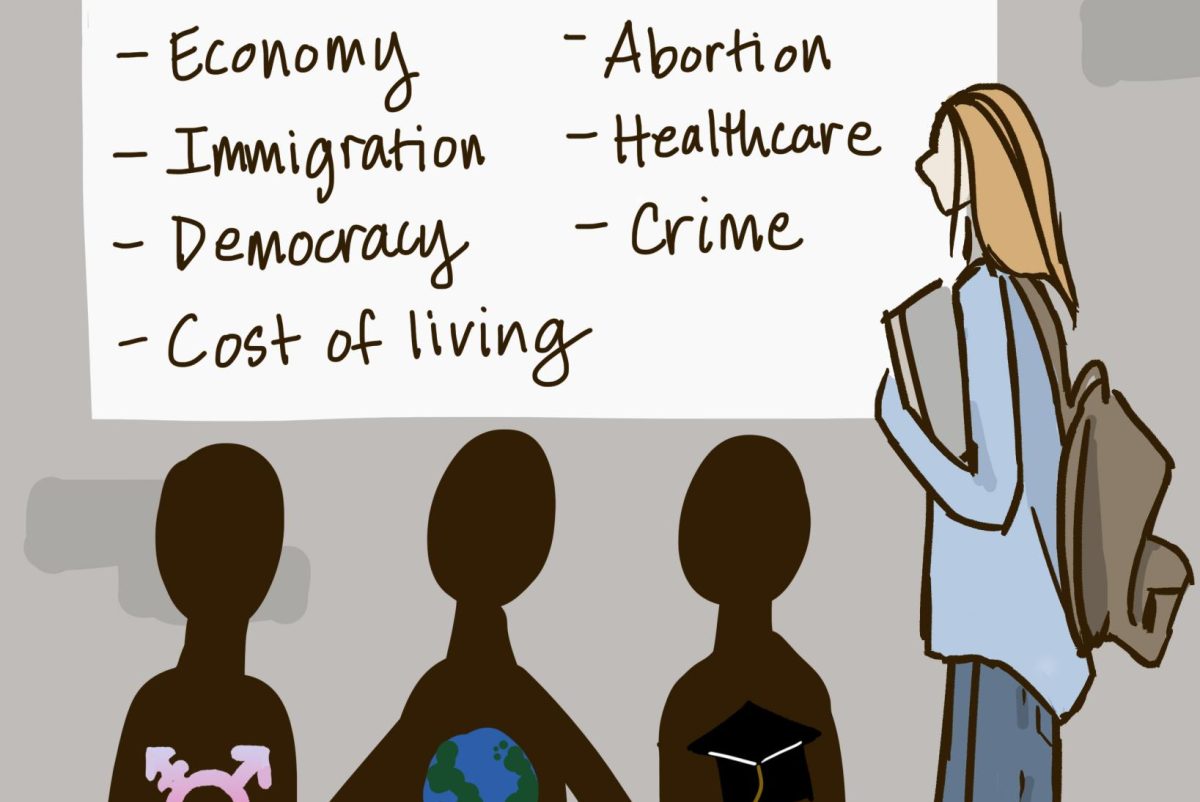Poor Thanksgiving. Wedged between cheesy Halloween ghoulishness and the sparkling commercialism of Christmas, Thanksgiving is treated by American citizens as a mere prelude to the holiday season or, even worse, a random break from life’s stresses rather than a time to celebrate gratitude.
As soon as Halloween ends, retailers and brands shift their focus to Christmas, bombarding consumers with advertisements that boost holiday shopping for larger revenue. According to a 2023 Deloitte statement, the United States’ Christmas shopping contributed $1.03 trillion in retail sales last year, prompting many to launch longer promotional campaigns as early as October. As retailers compete with each other for shopper attention, they employ various marketing strategies, such as discounts, festive advertising, and exclusive items, to drive sales even further.
A survey by the National Retail Federation revealed that the early onset of holiday promotions successfully hastens 60% of consumers to start their holiday shopping in early November, especially with access to online shopping. Consumers can now comfortably browse catalogs, compare prices, and purchase gifts from the convenience of their homes, creating a more relaxed shopping experience without the holiday rush that bleeds into Thanksgiving celebrations. Even Black Friday, a once Thanksgiving-adjacent tradition, has expanded into a multi-week sales frenzy, more associated with Christmas.
Although Thanksgiving doesn’t have an endless stream of movies and songs like Christmas (besides Charlie Brown and that one Friends episode where Joey eats a whole turkey), Thanksgiving deserves more recognition for celebrating thankfulness and togetherness. Thanksgiving brings loved ones together, with many individuals traveling long distances to reunite with family and friends. The comforting aroma of traditional dishes like roasted turkey, stuffing, cranberry sauce, and pumpkin pie create a warm and inviting atmosphere that brings everyone closer.
Thanksgiving also offers a valuable opportunity to reflect on what we have rather than concentrate on what we want. The emphasis on gratitude sharply contrasts with the high-energy consumerism of Christmas when the focus often shifts to gift-giving.
Instead, many people volunteer at local shelters, providing meals and support to those in need. Additionally, numerous individuals and organizations organize food drives, collecting non-perishable items to distribute to families in need. This season of gratitude fosters generosity beyond family gatherings; rather, it encourages communities to come together to ensure that everyone has a place at the table, creating a ripple effect of goodwill that lasts throughout the year.
Instead of letting Christmas celebrations spill into November, why not come together to agree that the Christmas season starts the day after Thanksgiving? The Macy’s Thanksgiving Day Parade would be the ideal marker, as it often concludes with the arrival of Santa Claus, signaling the official beginning of the Christmas festivities. By emphasizing Thanksgiving celebrations more than Christmas, we can fully appreciate the gratitude and togetherness that Thanksgiving brings, while keeping the magic of Christmas alive.

























